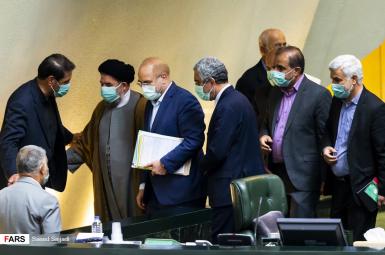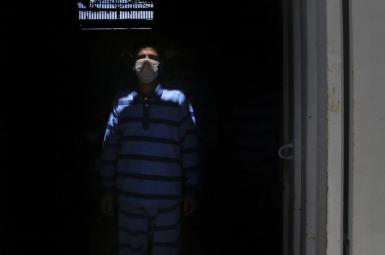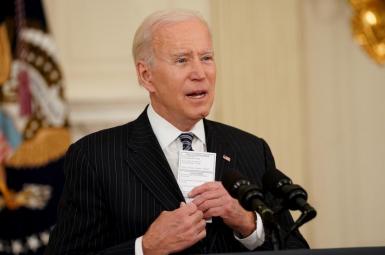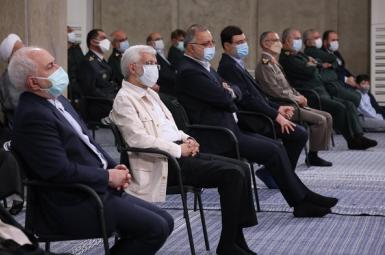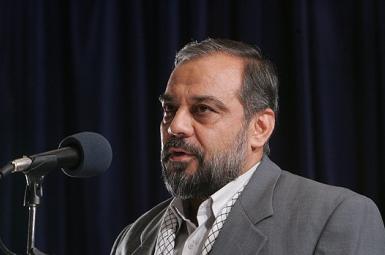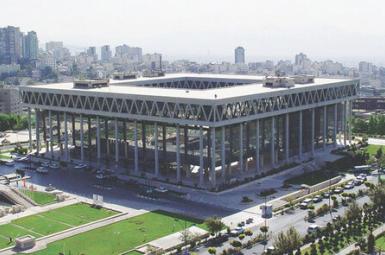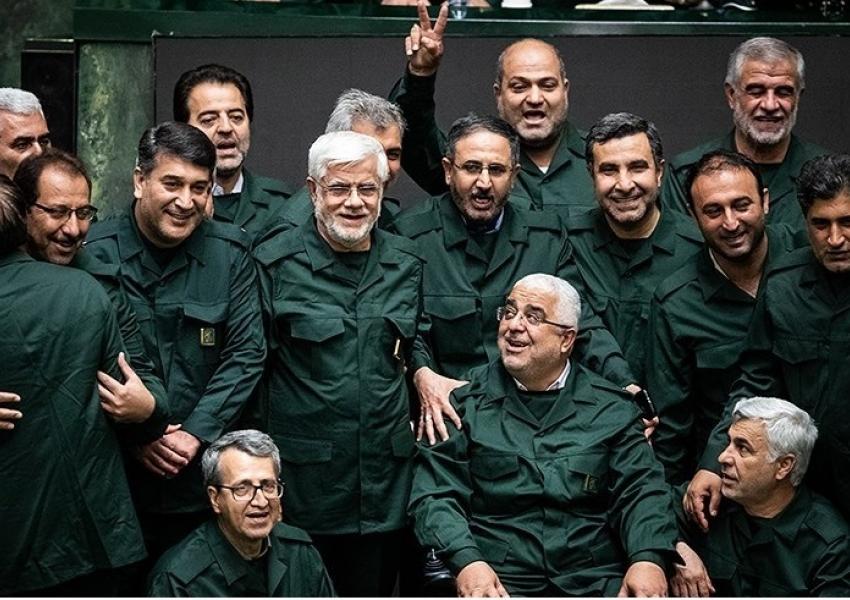
Reverse Reformism in IRGC Uniform
Photos are the best illustrators of history. Since the day technology played a role in journalism, many everlasting and powerful photos of important historical incidents have been recorded. Indeed, the photos of the Vietnam War, the burning monk (1963), and the photos of Iran’s Islamic revolution of 1979 are among the best examples. One of these historically-important photos were taken in 2004 at the Iranian parliament when 139 reformist MPs resigned after a three-week sit-in at the Parliament building. They had been protesting a sweeping ban on candidates running in the parliamentary by the powerful Guardian Council in the Islamic Republic system. They took this photo, alongside the speaker, Mehdi Karroubi, right after handing in their resignation letters. Most of them were arrested later in the 2009 protests of the so-called Green Movement. Some left politics for good and a few migrated. Nothing left from all the enthusiasm and passion, but a photo which tells us an important story about the reformism within the Islamic system of Iran. Important to say that many of those MPs abandoned their passion for reformism later, became ‘moderates’, and took part in other elections. These days they readily attack – and mostly scorn - any activity, by anybody, which might lead to the fall of the regime.
Another historical photo was taken in the Iranian parliament on April 9th, 2019. As it happens, this time around another group of reformists have entered the parliament – after 4 rounds of absence – mostly thanks to Mohammad Khatami – “the leader of reformism” – and Hashemi Rafsanjani – “the godfather of reformism” – having vouched for them before the election.
In this photo, the above-mentioned MPs, while smiling, have put on the green uniforms of the Islamic Revolutionary Guard Corps (IRGC), protesting to the US administration’s decision for putting IRGC on the list of terrorist organizations.
It is not a secret that the relationship between the reformists inside the regime and the IRGC have been full of conflicts. These reformists have been harmed by the Corps, particularly after the end of the Iran-Iraq war (the 1980s) when IRGC – as a military force – entered the world of political and economic transactions. As a usual practice during election campaigns, the reformists find their rival’s connection to the IRGC to discredit them in the public eye. Mahmood Ahmadinejad, Ali Larijani, and Ibrahim Raeisi all gave good material to reformists’ campaigns because of their connections to the IRGC.
It is important to mention that many of the reformists were members of IRGC during the Iran-Iraq war in the 1980s. But it was a different IRGC then. However, IRGC has been the biggest impediment for civil and economic reformism in Iran since Khatami’s reformist government in the late 1990s.
All the bad history between them did not stop the reformists MPs not to wear IRGC uniforms. It was probably impossible to believe for astute observers of politics in Iran about a decade ago.
To explore why this happened, we need to go back to about 6 years ago. It was the time that Hasan Rouhani leveraged the public discontent and political gaps of the post-2009 green movement to become the president. Among all his fans’ chants during his campaign, one was the most significant in symbolism: “We were all green, baton made us purple”. (Colour green refers to the Green Movement and purple refers to Rouhani’s campaign color.)
Many voters for Mir Hossein Mousavi in 2009 voted for Rouhani hoping that the best days of reformism would repeat. There is another group who believed Rouhani’s victory was the final win for the green movement and the defeat of exclusivist conservatives, the likes of IRGC and Basij – its paramilitary force.
It did not go down the track as they wished. The discourse which wanted to reform a totalitarian regime through forcing them to accept democratic procedures, on the contrary, ended up taking off its reformism outfit altogether. They became exclusivist and tightly filtered their voting lists. IRGC has always been equivalent of exclusivism and totalitarianism for different reformist groups. Apparently, the reformists in the system, as it stands, are happy to put on IRGC’s uniform in a symbolic gesture; probably betting that they will not be ousted (by IRGC) in the coming years.
To conclude, both photos will remain for the history; one from the sixth parliament of the Islamic Republic in 2004 and the other the tenth parliament in 2019. They will illustrate for the future how the reformist movement in the regime surrendered to a backward movement and reverse reformism: before reforming the military (IRGC) playing an omnipotent role in politics and economy, the so-called reformists were reformed (i.e. regressed) to be wearing uniforms.


